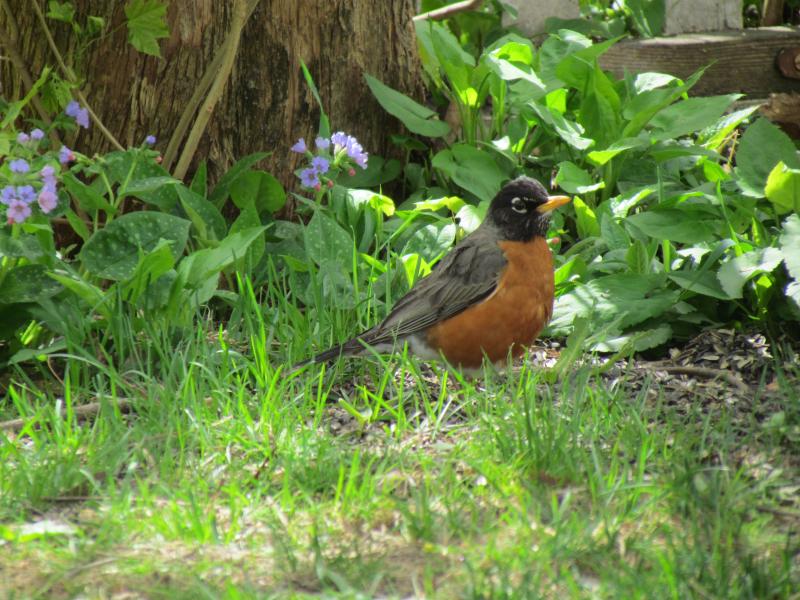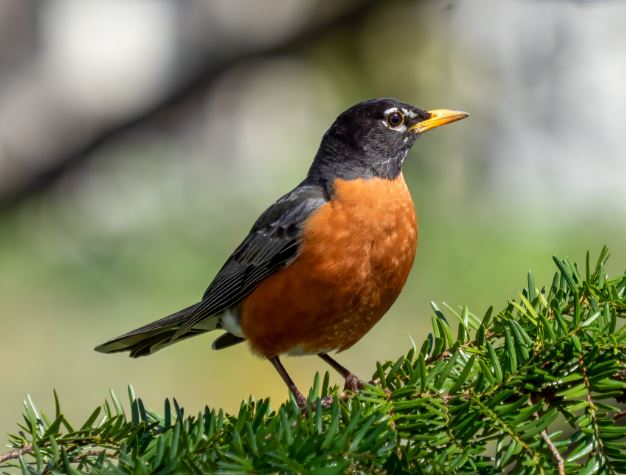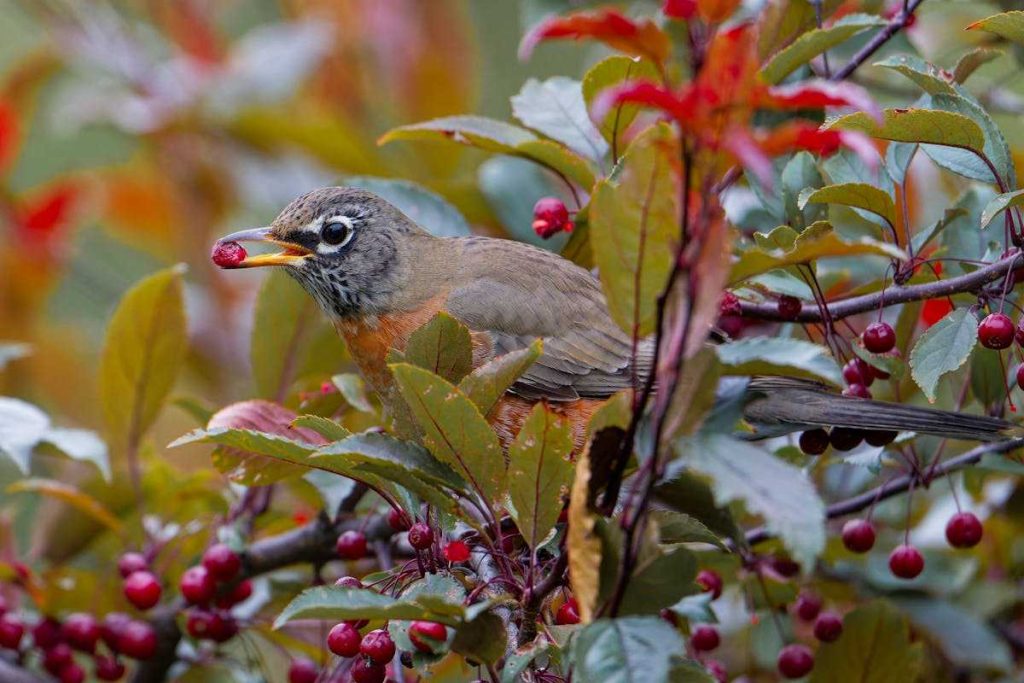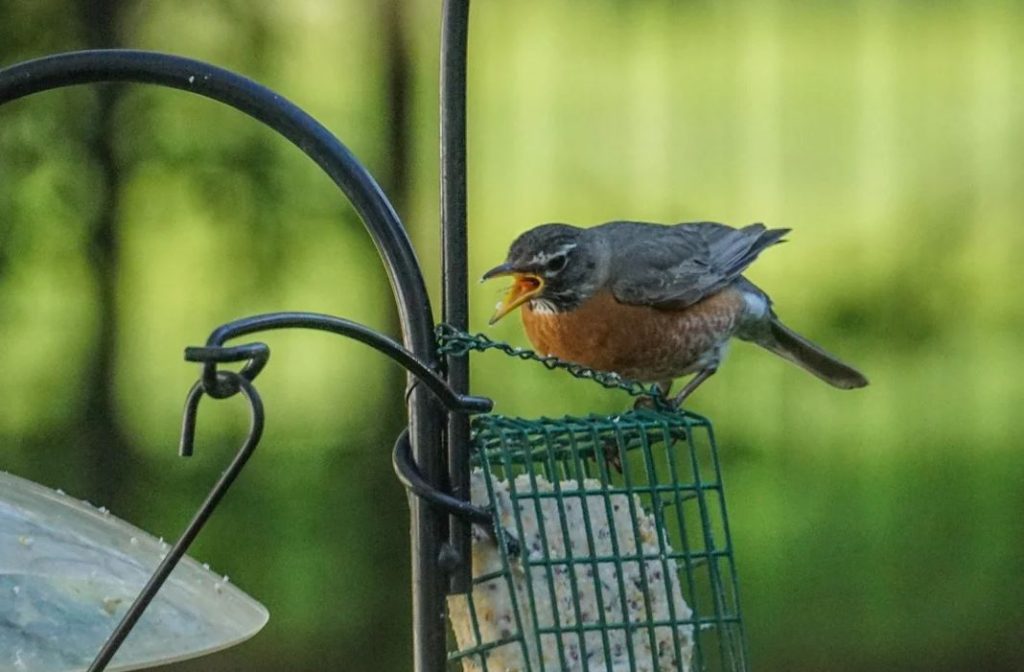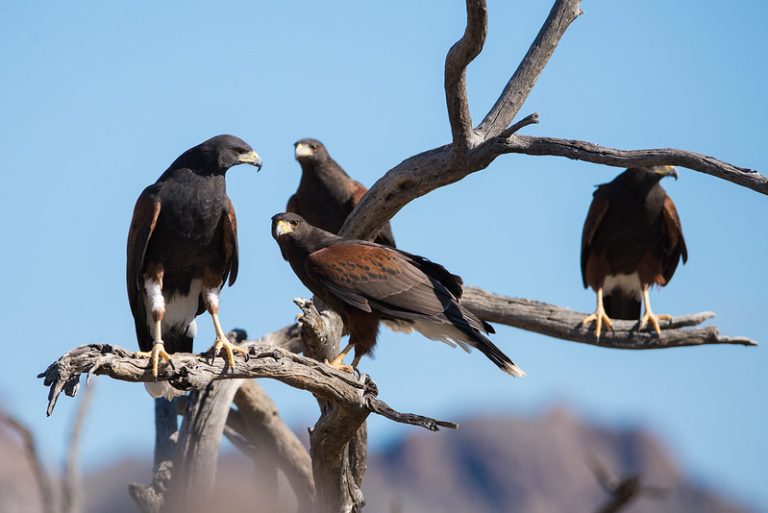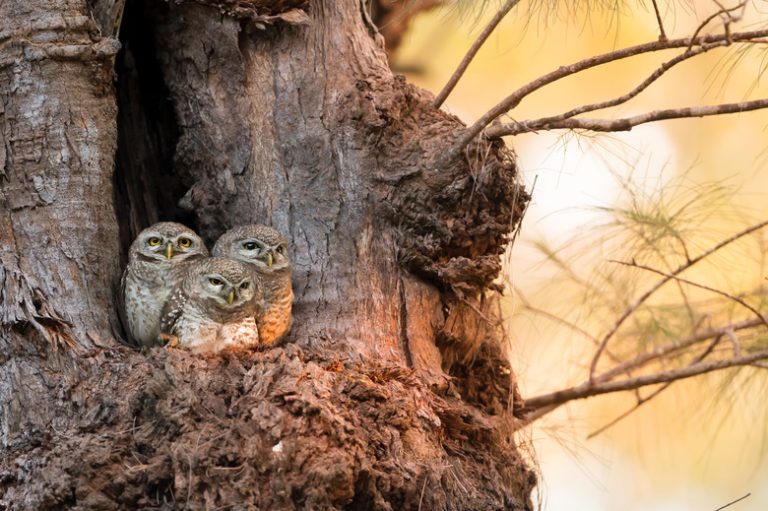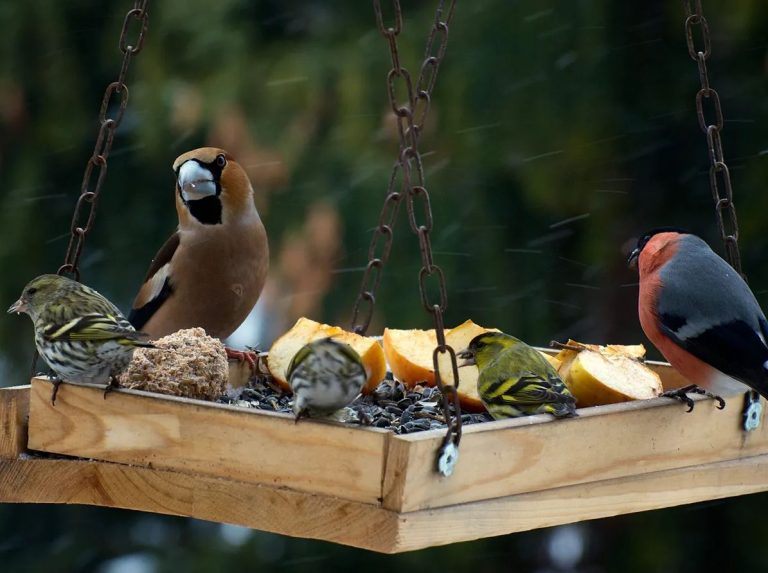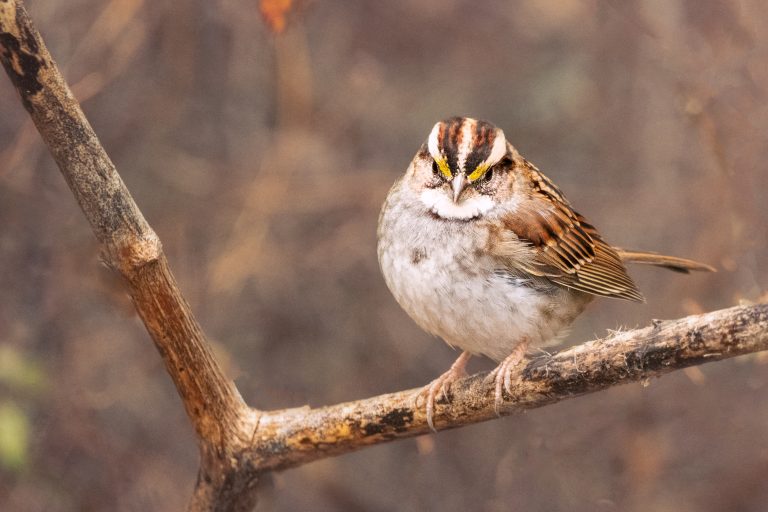Do Robins Migrate? A Deep Dive into Their Seasonal Movements
As a birdwatcher with over a decade of experience, few birds captivate me quite like the American Robin. Their cheerful song, warm orange breast, and presence in backyards across North America make them a familiar sight to many. But as fall approaches and the temperatures drop, I’m often asked the same question: Do robins migrate?
The answer is more nuanced than a simple yes or no. In this comprehensive guide, I’ll walk you through the migratory habits of robins—when and why they migrate, how far they travel, and how you can track their movements. Whether you’re a beginner birder or a seasoned observer, this is everything you need to know about robin migration.
The Basics: What Is Migration?
Before diving into robins specifically, it’s helpful to define what we mean by “migration.” In birds, migration refers to the seasonal movement from one geographic location to another, usually to exploit favorable weather and food availability.
Migration patterns vary widely. Some species fly thousands of miles from the Arctic to South America, while others make more subtle shifts between regional habitats.
Robins fall somewhere in between.
So, Do Robins Migrate?
Yes—but not always in the way people expect.
Unlike warblers or hummingbirds, which leave northern latitudes entirely during winter, robins are partial migrants. This means some individuals migrate long distances, while others stay put year-round. Their behavior depends on weather conditions, food availability, and even gender.
According to the Cornell Lab of Ornithology:
“Robins are considered migratory birds, but not all robins migrate. Some stay in the same area all year long if food and shelter are abundant.”
(Source: All About Birds, Cornell Lab of Ornithology)
Understanding Partial Migration in Robins
Partial migration is one of the most fascinating aspects of robin behavior. Here’s how it works:
- Northern Robins (Canada, Northern U.S.): These populations are more likely to migrate south in fall, seeking milder temperatures and open ground for foraging.
- Southern Robins: Many stay in their territories year-round, especially if they have access to fruit-bearing trees and shrubs.
- Urban Robins: Cities often offer warmer microclimates and reliable food sources, encouraging robins to remain through winter.
In my experience, I’ve observed robins sticking around in urban parks during mild winters in places like Chicago and Philadelphia. Yet in rural areas with deeper snow cover, they often disappear entirely until spring.
What Triggers Robin Migration?
Several factors influence when and whether robins migrate:
1. Food Availability
Robins primarily feed on earthworms during the warmer months, which become inaccessible in frozen ground. In fall and winter, their diet shifts to fruits and berries—think holly, crabapple, and juniper.
If a region provides enough of these winter fruits, robins may stay. Otherwise, they’ll move on.
2. Temperature and Snow Cover
Robins aren’t afraid of cold weather, but deep snow can make foraging impossible. A sudden storm may trigger a mid-winter migration southward or toward more temperate areas.
3. Photoperiod (Daylight Length)
Changes in daylight signal seasonal shifts to birds. Shorter days in fall and winter activate internal migratory cues—especially in robins preparing to fly south.
Where Do Robins Go in Winter?
During winter, robins range across the continental United States and parts of Mexico. Many robins from Canada and the northern U.S. travel southward, but they don’t all end up in Florida.
Here’s a breakdown:
- Northern Migrants: Often winter in the southern U.S.—from Texas to Georgia.
- Western Populations: May head to the Pacific Coast or southwestern deserts.
- Eastern Robins: May move into mid-Atlantic and southern Appalachian regions.
According to Audubon field data:
“Robins in the western part of the continent may shift altitudes more than latitudes, moving from mountain breeding areas to lowland wintering areas.”
Migration Timing: When Do Robins Migrate?
Fall Migration (August–November)
Robins begin migrating south as early as August, though the main push usually occurs in September and October. Birds travel in flocks, sometimes numbering in the hundreds.
I remember one crisp October morning in Vermont, when I witnessed a massive robin flock swirling above a crabapple grove—feasting before continuing their journey south.
Spring Migration (February–April)
Robins are often among the first songbirds to return north. By February, flocks may appear in the Midwest or Northeast, signaling the earliest signs of spring.
Interestingly, males often arrive earlier than females. They stake out territories and begin singing—yes, even when snow is still on the ground.
How Far Do Robins Migrate?
Robins can travel hundreds to over a thousand miles during migration, but distances vary by individual. Here are some general stats:
- Average distance: 500–1,200 miles
- From Ontario to Texas: ~1,500 miles
- From Minnesota to Arkansas: ~800 miles
Despite these impressive distances, robins migrate at a relatively relaxed pace compared to species like warblers. They may pause for days at fruit-rich stopovers or adjust routes based on weather.
How Do Robins Navigate?
Like other migratory birds, robins use a combination of:
- Sun compass: Position of the sun during the day
- Magnetic field detection: An internal compass tied to Earth’s magnetism
- Landmarks: Mountains, rivers, coastlines
- Star patterns: Especially during nighttime flights
Researchers believe robins, like many thrushes, migrate at night—taking advantage of cooler air and reduced predation.
What Do Robins Eat During Migration?
While earthworms are their favorite meal, robins adapt well during migration. Their diet during fall and winter consists largely of:
- Berries (dogwood, chokecherry, hawthorn)
- Fruits (crabapple, grapes, serviceberry)
- Insects (if available during warmer stops)
One winter in Virginia, I watched a flock of robins completely strip a cedar tree of berries in under 30 minutes. Their ability to exploit temporary food sources is key to their survival.
Fun Fact: Robins Often Go “Invisible” in Winter
Many people assume robins are gone in winter—but often, they’re just less visible. Instead of hopping across lawns looking for worms, they form nomadic flocks and roam forests or thickets in search of berries.
They’re quieter, less territorial, and don’t sing as much. This behavioral change leads many to believe they’ve migrated far away, when they might be just a few miles off in a wooded area.
How to Spot Robins in Winter
If you’re eager to find robins during the colder months, try the following tips:
- Look for fruit trees in parks or backyards
- Check hedgerows, forest edges, or abandoned orchards
- Scan flocks flying overhead—robins often move in groups of 20–200
- Listen for soft chattering or alarm “tut-tut-tut” calls
Keep your binoculars ready. Winter robins may not sing, but they’re still active and social.
Tracking Robin Migration: Citizen Science in Action
You can follow robin migration live through bird tracking platforms like:
- eBird (Cornell Lab of Ornithology)
- Journey North (Robins migration maps and reports)
- Audubon Bird Migration Explorer
These platforms rely on birders like us to submit sightings. If you want to contribute, log your robin observations—it’s a great way to connect with the larger birding community.
Climate Change and Robin Migration
Climate change is already affecting robin migration. Warmer winters and shifting fruiting schedules alter when and where robins migrate. According to a study published in Global Change Biology, robins are now arriving at breeding grounds earlier than they did just decades ago.
“Climate-induced shifts in snowmelt and vegetation are advancing robin arrival in the Arctic by several days per decade.”
(Source: Global Change Biology, 2011)
This shift may have consequences for breeding success and food availability, especially if the timing between insect emergence and chick feeding becomes misaligned.
Final Thoughts from the Field
From snowy fields in New York to berry-laden trees in Tennessee, I’ve watched robins adapt, survive, and thrive through the seasons. Their migration may not follow a textbook path, but that’s part of what makes them so intriguing.
So the next time you see a robin in January, don’t be surprised. It might just be overwintering nearby—waiting for spring to return like the rest of us.
FAQs About Robin Migration
Q: Do all robins migrate?
A: No, robin migration is partial. Some stay year-round if food is available.
Q: Why do I see robins in the snow?
A: They can tolerate cold temperatures and stay if berries are abundant.
Q: Do male and female robins migrate differently?
A: Males often return north earlier in spring to establish territory.
Q: What do robins eat in winter?
A: Mainly fruits and berries, though they’ll eat insects if they find them.
Q: How can I attract robins to my yard in winter?
A: Plant berry-producing shrubs like winterberry, holly, and serviceberry.

